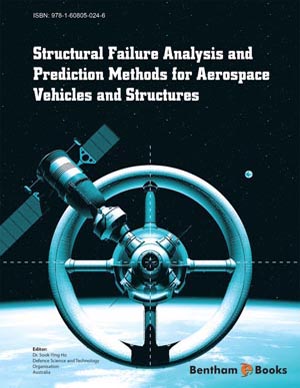Abstract
This chapter describes miniature stress sensor technology for monitoring the thermal stresses and ignition pressurization loads in solid rocket motors. The study was part of a larger international (TTCP) collaborative effort carried out from 1988 to 2002 to validate the instrumentation and analytical stress analysis and service life prediction methodologies for solid composite rocket motors, and thus establish improved, more reliable, cheaper and non-destructive capabilities for service life prediction and extension. Different motor configurations were used by the different countries in this collaborative program. The Australian effort, described in this chapter, used an end burning generic research motor (Pictor). The embedded transducers, in this end burning motor and in the different motor designs used by the other TTCP countries, were found to be stable in the temperature range used in the environmental testing program and gave consistent data during propellant cure, environmental testing and static firing of the motors. The rocket motor instrumentation and data reduction techniques were described. The data from the instrumented motors under various thermal storage loading conditions (multiple thermal cycling, shocking, accelerated ageing at elevated temperature) were used to validate the stresses and critical failure modes predicted by structural finite element modelling and a modified fracture mechanics approach for nonlinear viscoelastic materials. These studies verified the ability of the miniature bond stress sensors to detect cracking / damage in the propellant charge. The advancement in bond stress sensor technology was further used to investigate failure analysis of rocket motors under ignition pressurization conditions. Results from these studies demonstrated that the sensors are safe for static firing and could accurately measure pressure in different regions of the burning motor. The stress sensor data from this international collaborative program showed that the stress sensor technology could be used for real-time structural health monitoring of solid rocket motors to detect cracks and debonds in the propellant and to continuously monitor the extent of damage. The results from the instrumented Pictor motor verified and validated the thermal distributions, stress / strain states and regions of high propensity for crack propagation predicted by finite element modelling and fracture mechanics. The use of the instrumented motor data in probabilistic service life prediction methodologies and other NDE methods are also discussed.





